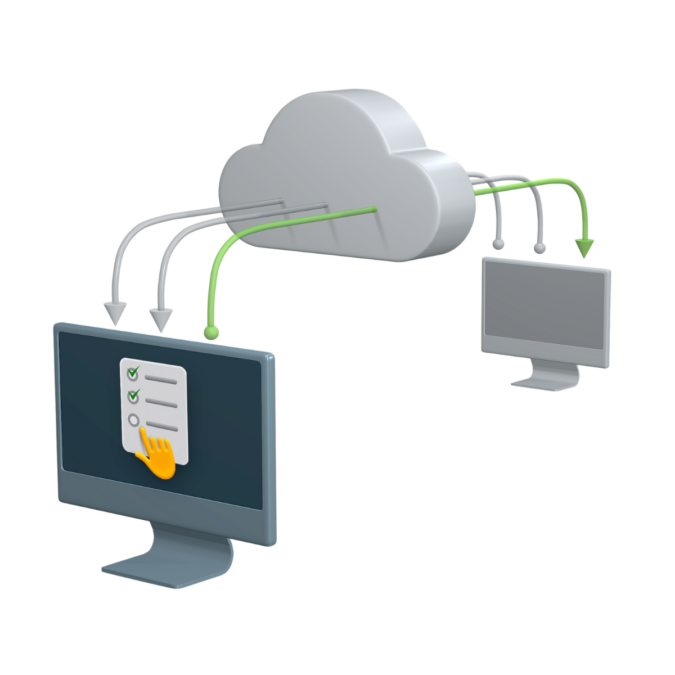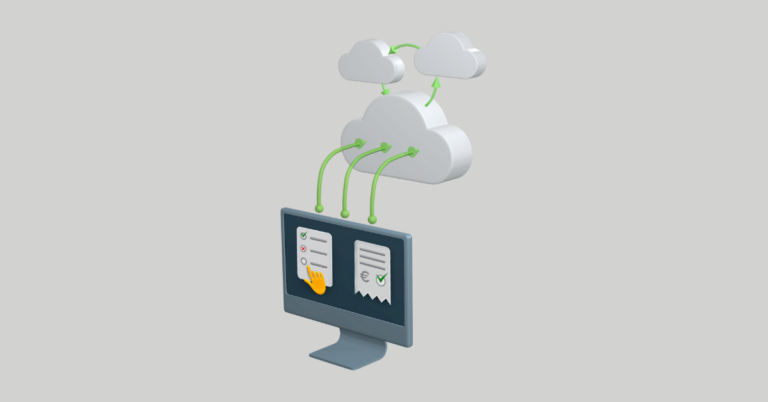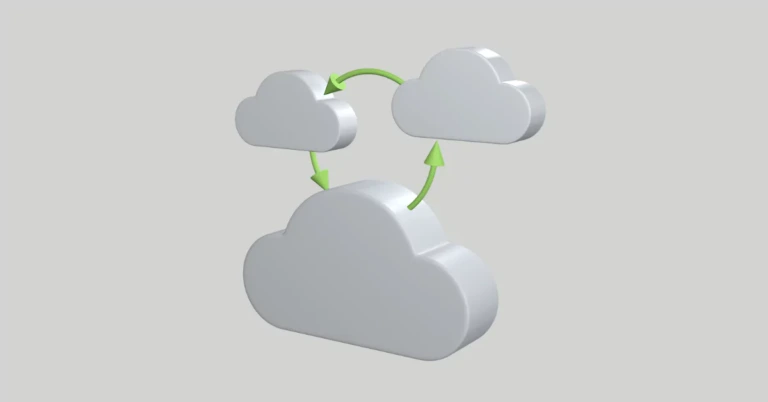
Efficiency of ERP in business integrations
16.05.2023
Anti-Paper Business Club
Using ERP in business integrations evidently increases automation, improves efficiency, and supports seamless work. Well-established external integrations that you need, for example, for efficient order-to-cash and purchase-to-pay processes, ensure that all your partners are also tapped into the business process.
When considering how precisely to set up your ERP in business integrations, let’s keep in mind it’s essentially not about systems, nor data exchange. It’s about making work easier for your employees, and enabling processes to run smoother.
This article and the video subtitles are also available in Finnish and in Swedish.
Video: Mats Smedjebacka and Per Åberg interviewed by Hanna Backman from OpusCapita.
The video embed may not show correctly if you’ve denied cookies. You can also watch it in YouTube.
“ERP integrations have come a long way,” says Mats Smedjebacka, Solutions Consultant at software company Unit4.”If we go back 30 years, we hardly had any integrations from the ERP systems. Nowadays, the integration between ERP and other systems is there to help the business to perform without that much human interaction.”
“The challenge is to meet all the different requirements.”
One of the most significant benefits of ERP integration is increased automation. When data flows smoothly between ERP and both internal and external systems, employees can focus on adding value instead of doing manual work.
“Automation saves time so that people don’t need to do repetitive tasks in the system,” Smedjebacka says.

Go hassle-free
Supply chain message exchange via Peppol, EDI, manual key-in – whatever format and connection you need.
Learn more!

ERP integration strategy for value-add
Internal ERP integrations enable data exchange between the ERP and Office systems, like Excel, warehousing, or financial tools. But when it comes to ERP in business integrations, companies buying and selling goods and services don’t operate in a vacuum. “When you go forward in the process chain, you always have your supplier or customer you are talking to”, Smedjebacka explains.
Per Åberg, Head of Business Network Products at OpusCapita, adds that in addition to the internal, companies should also carefully consider their external ERP integrations and how that enables business integration, say, in terms of managing order, delivery and invoicing document exchange with your suppliers and buyers.
“You want to also create your external ecosystem because whenever something from a supplier or customer is handled within the ERP, you need to manage that process, whether it’s purchase-to-pay or order-to-cash.”
“You always have your supplier or customer you are talking to.”
Another thing to consider is the nature of the integrations. Managing multiple point-to-point connections separately takes a lot of time and effort, undermining the automation benefits ERP integration can bring. Opting for open networks and a system supporting the myriad of standards and protocols (like Peppol, FTP, FSTP, AS2) ensures the business runs smoothly.
“The challenge is to meet all the different requirements. That’s also where OpusCapita can create added value, making sure that all partners are tapped into the business process,” Åberg says.
Do your systems shape your business processes?
ERP integrations are not just about enabling different systems to exchange data. The effects go much deeper, all the way to how people work. But which one comes first, the system or the process? Should you define the process first and set up the systems and integrations accordingly? Or should you rework the process according to the integrations?
Smedjebacka recommends starting with setting goals for the organization’s business processes.
“Usually, the organizations first set up their target process. And we can also recommend a best practice process. Once the process is set, we then have the natural integration points according to that.”
However, in practice, this may become a combination.
“When the setup is determined and working, it happens that the integration requires us to take a different approach. So sometimes it is actually the integration that determines the workflow process and not the other way around,” Smedjebacka says.
“It should be very easy for the customers to select what they want to have.”
Further, when choosing your ERP, it’s important to remember that not all systems are designed to change the process within the system. Åberg encourages companies to be careful with their selection, and also to adopt the best practices from the systems.
“Tap into a standardized process because that is the best practice. So why not use what others have developed over the years? That can come with the ERP you’ve decided to buy and implement.”
One other essential thing to consider for your smoothly running order-to-cash and purchase-to-pay, is the collaboration between your ERP provider, and your message exchange operator and service provider. OpusCapita and Unit4 have had a very strong collaboration for over a decade, first building e-invoicing capability for the shared customers, and now enabling full order, delivery and invoicing processes via Peppol, EDI, and more.
As for which interoperability method to choose for your ERP in business integrations, stay tuned for a more technical Part 2 of this interview. Coming soon!
Anti-Paper Business Club continues soon with the next episodes, the next guests, and the next topics. Make sure don’t miss them; subscribe to our newsletter and we’ll keep you updated!
About the interviewees

Mats Smedjebacka is an experienced ERP veteran with over 25 years of experience on various ERP solutions and their integration to internal and external business systems. He is currently a Solution Director in the sales organization at Unit4, working as a solution consultant and end sales with the customers.

Per Åberg is an automation evangelist with over 20 years of experience within EDI and integration, and he speaks from solid know-how on the impact and possibilities of modern e-invoice and business message exchange. He currently works as the Head of Business Network Products at OpusCapita.











